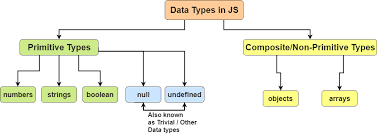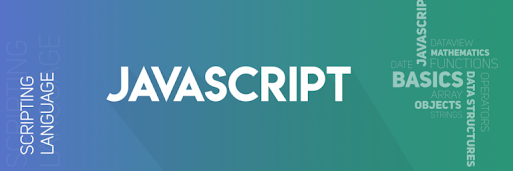JavaScript - closure Tutorial Points (4)
Create a separate function using JavaScript closure which accepts the tax percentage and returns a function that accepts the amount and returns the amount after adding tax percentage. Try adding tax percentage to ‘this’ object and check if it works. <! DOCTYPE html > < html lang = "en" > < head > < meta charset = "UTF-8" > < meta http-equiv = "XX-UA-Compatible" content = "IE=edge" > < meta name = "viewport" content = "width=device-width, initial-scale=1.0" > < title > AF LAB 01 - Ex 04 </ title > </ head > < body > < script > /*Create a separate function using JavaScript closure which accepts the tax percentage and returns a function that accepts the amount and returns the amount after adding tax percentage. Try adding tax percentage to ‘this’ object and check if it works */ let taxPercentag

